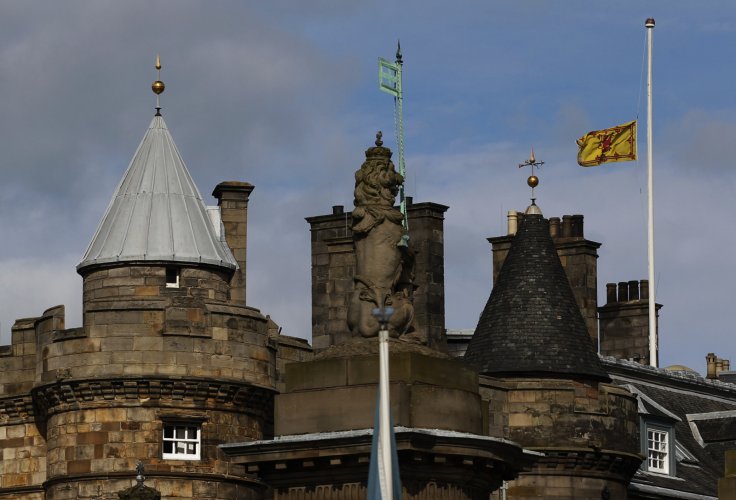
In this 21st century, the British royal family has made headlines for their controversial family matters, the royal wedding ceremonies and their fashion. But, recently at the Queen's official residence in Edinburgh, commonly known as the Palace of Holyroodhouse, some artefacts dating back more than 800 years have been found.
A jug fragment, which is from the 12th century, a horse skeleton and a medieval era shoe were found. The discovery of the mass of oyster shells and wine bottles helped to reveal what was the diet of ambassadors and courtiers at Abbey Strand, during the reigns of Mary, Queen of Scots and James VI.
The excavation team also found timber posts from 12th Century. These are believed to mark the location of a terrace, leading towards the low-lying island, where Holyrood Abbey was built in 1128.
Highland cattle bones were also discovered in the gardens and researchers believe that it an evidence of the trading relationship between Edinburgh and the Highlands and the Western Isles.
As reported by BBC, the researchers stated that after looking at the spirit and wine containers, food debris and fragments of children's games, it can be believed that almost 25 impoverished families were living in the area during 18th and 19th centuries and they had to follow some restrictions.
The lead of this research, Gordon Ewart, of Kirkdale Archaeology said that through this survey they are able to understand "more about the fascinating development of the Abbey Strand and its surroundings, and to explore how the site has been the historic and symbolic bridge between the palace and the city of Edinburgh for centuries."
The reports also stated that more than 40 trenches were created for this archaeological survey, which is also a part of the work that worth £10 million to make some improvement in the visitor experience at the palace. This excavation, that took place in the Abbey Strand buildings by the Edinburgh-based firm also allowed the researchers to understand the early settlement on the site.









